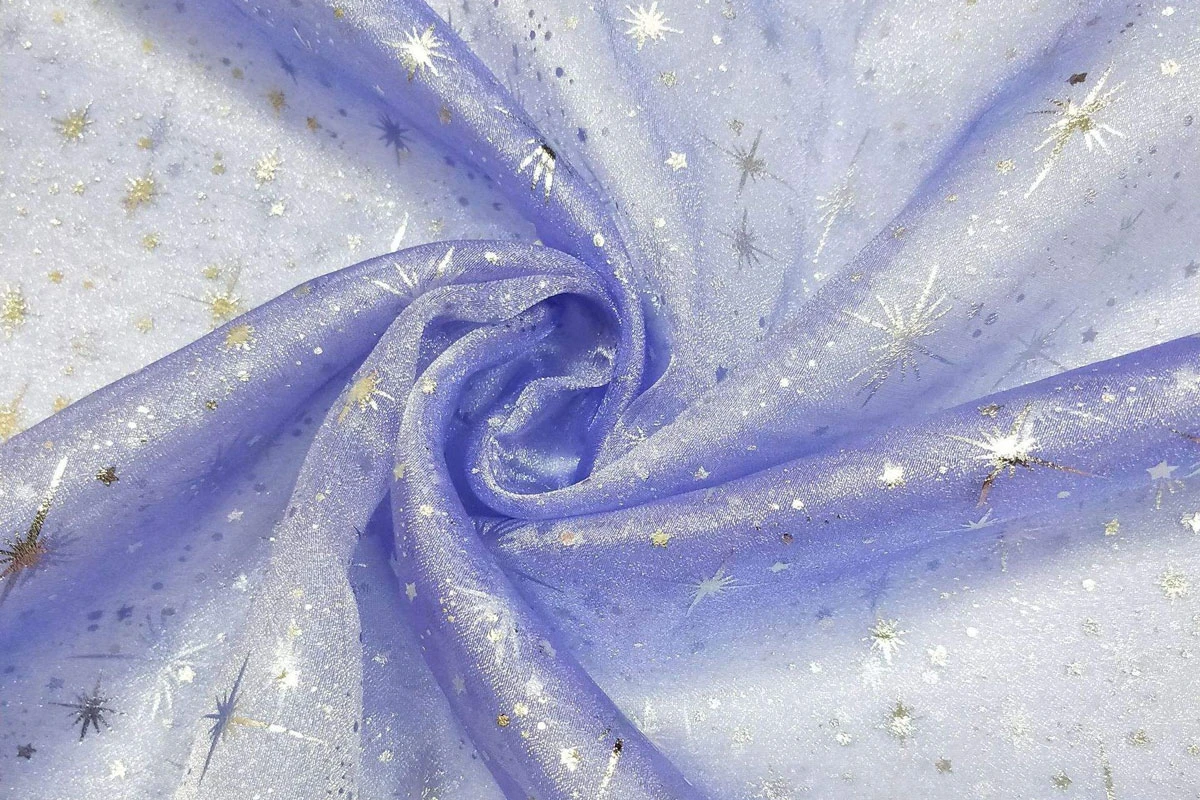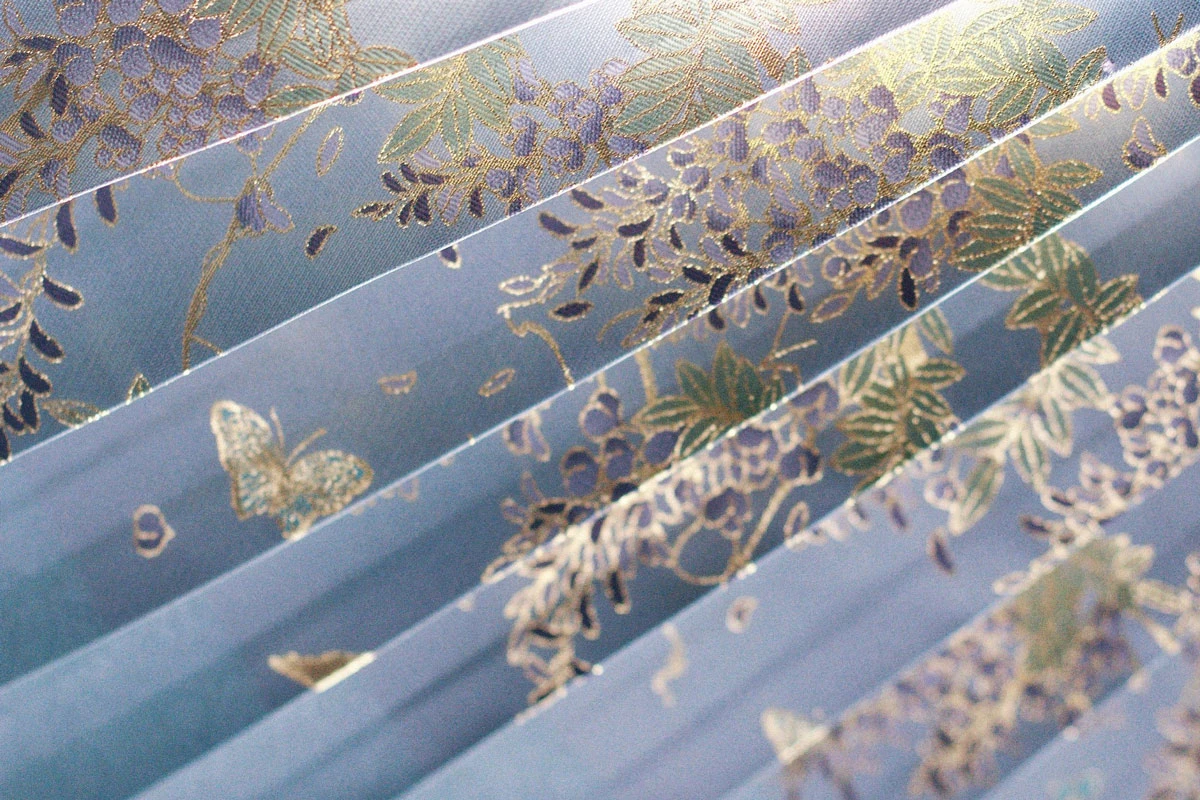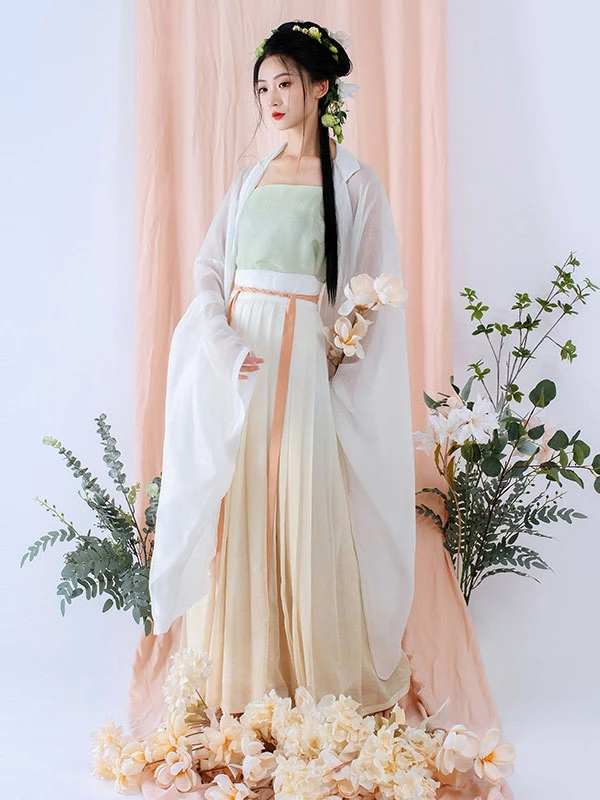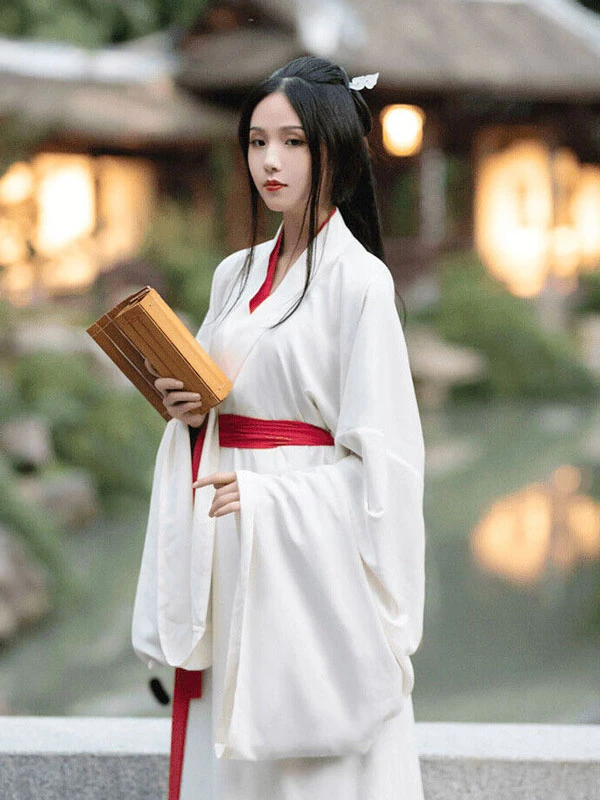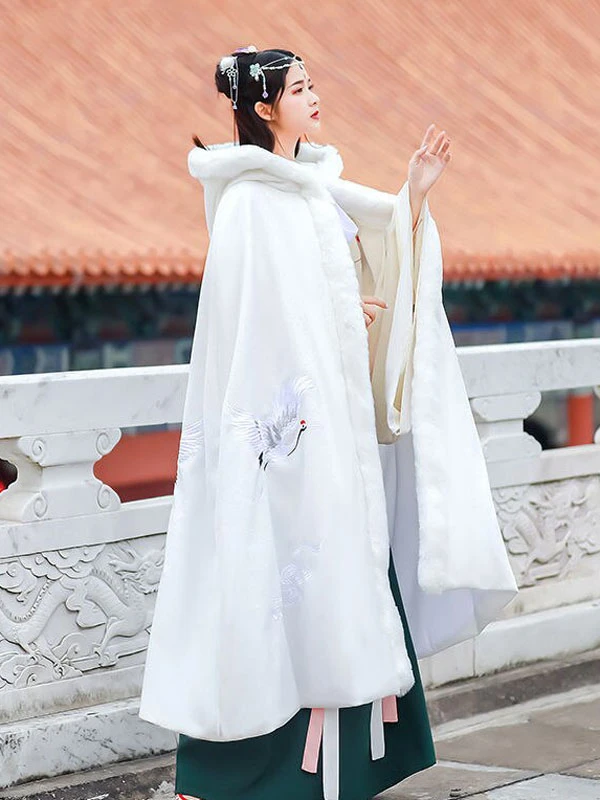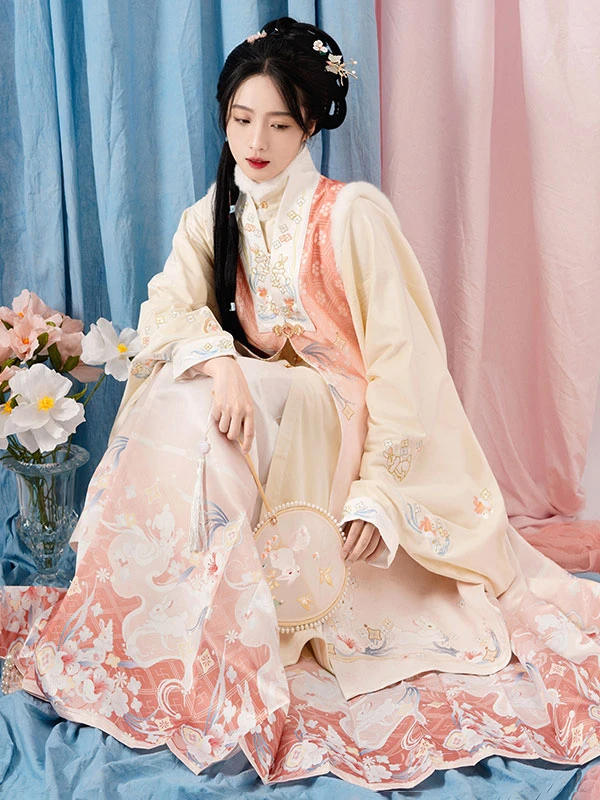Hanfu is the traditional dress of the Han Chinese ethnicity. Traditional textiles used to make hanfu for the wealthy included silk, satin, gauze, damask, crepe, and brocade. Although silk textiles have always been in high demand—regardless of class, even—hemp and cotton were the typical fabrics worn by the common folk. Modern technological advancements, however, have allowed hanfu to be produced using a huge range of textiles, making it more accessible than ever before.
Today, you’ll find hanfu in all kinds of traditional and modern, natural and manmade fabrics, which is just as well since this traditional clothing has gained popularity not just within China but also with people from different cultures around the world! Hanfu’s many unique forms, patterns, and colors make them great additions to any wardrobe. If you’re thinking of purchasing a hanfu, you’ll want to read on to get familiar with the most common fabrics they come in, since the material largely influences the appearance and comfort level of each dress.
1. Chiffon
A wide variety of fabrics can be woven into a mesh-like fashion to create chiffon. The most common types of chiffon in the market are made of synthetic materials such as polyester and nylon, although it is also possible to find silk chiffon. Contemporary hanfu designers love this fabric for its lightweight appearance and elegant drape. Its versatility in different hanfu styles is owed to the fact that it is very easy to embroider and print on.
Chiffon is also very affordable and easy to care for as it is resistant to wrinkles, which may be two reasons why it is such a popular choice among manufacturers and hanfu enthusiasts alike. The light, delicate styling of hanfu in this fabric makes it most suitable for the spring and summer (note: synthetic chiffon will be less breathable than silk or cotton chiffon).
Princess Chiffon Qixiong Hanfu
This Tang-style dress shows off how well chiffon can hold clear, printed patterns and rich, yet soft colors.
2. Silk & Satin
Silk is produced and harvested from the cocoons of silkworms, the larvae of silk moths. Satin is a weave that mimics the appearance of heavy silk and is made from synthetic fibers. What makes these fabrics suitable for hanfu dresses is their luxurious feel and smooth, shiny (and yes, attractive!) appearance.
Silk and satin drape very well and are chosen for long coats and other formal hanfu largely because of their natural strength and durability, as well as its ability to retain heat. Of course, with all of these wonderful qualities comes a high price, so quality silk and satin hanfu remain a luxury to this day.
Elegant Silk Hanfu
This Song-style ensemble has a smooth, silky appearance; can you imagine how delicate it must feel on the skin? The flowing fabric can help anyone achieve an elegant and refined silhouette.
3. Cotton
Cotton is very popular all across the clothing industry thanks to its comfort and resistance to wear, especially when blended with other materials. It is a natural, skin-friendly material also known to be a cooling choice for warmer weather due to its breathability.
Many hanfu on the market, particularly those of simpler styles, are made of pure cotton, hemp cotton blends, and even burned cotton for a more down-to-earth or everyday look. You know you can trust a cotton hanfu to make your wearing experience a comfy and authentic one.
Cotton Ancient Simple Hanfu Costume
This ancient fantasy-inspired hanfu is minimalist but elegant—a style very suited to cotton, which gives the outfit a neat, clean look. Because cotton is cooling, layers such as the one in this hanfu can provide good coverage without causing you to become sweaty. A relaxing cotton hanfu will be the one you’ll want to reach for in the summertime!
4. Wool
As a thicker, knitted textile, the warmth wool offers makes it most suitable for winter hanfu coats and outerwear. Most woolen garments used in hanfu are blended with other materials, and typically the higher the percentage of wool is, the higher the price tag. This fabric is relatively easy to maintain as it is naturally stain- and odor-resistant; therefore it does not require much washing.
If you have sensitive skin and are worried about getting itchy wearing wool, fear not! Since most wool in hanfu is found in outerwear, it will most likely not come into direct contact with your skin.
There is everything to love about a wool-lined winter cloak like this. The soft trim along its length, the fluffy fur hood, and the insulated thickness combined with lovely traditional embroidery all make for a stylish yet cozy winter outfit. And the best news: woolen hanfu cloaks are warm without being heavy so you can wear them all day comfortably!
5. Polyester
Many hanfu manufacturers choose polyester to make their garments. It is a strong, inexpensive fabric that is wrinkle-resistant and effectively resists wear and tear. Polyester is also easy to dye since colors bind very well to its synthetic fibers, which means you won’t have to worry about fading. Do take note that polyester is not very breathable and traps in heat.
Many affordable hanfu sets are made of polyester, and the quality of the fabric varies according to price, which can run anywhere from $50 USD to $200 USD and above. There are a lot of options, but if you’re on a budget, you can comfortably buy a couple of polyester hanfu without breaking the bank.
Mamianqun Fairy Hanfu
This Ming-style outfit’s crisp presentation is owed to the stiff durability of polyester, and although the material is entirely synthetic, it has the ability to efficiently revolutionize hanfu styles by incorporating fun modern graphics like the bunny print on this mamian skirt – a reference to the mythical Moon Rabbit from traditional Chinese folklore.
Why the fabric of your hanfu matters:
Hanfu dresses are made using many different fabrics, and each one comes with several qualities for you to consider when you shop for your perfect hanfu. Remember that you can select fabrics according to the season to keep warm in colder seasons and stay cool on warmer ones.
It is important to know about the material your garments are made of because it plays a role in how you take care of your hanfu. Care instructions often vary from one fabric to another, and to keep your hanfu in tip-top shape you need to follow accordingly.
Happy hanfu shopping!

